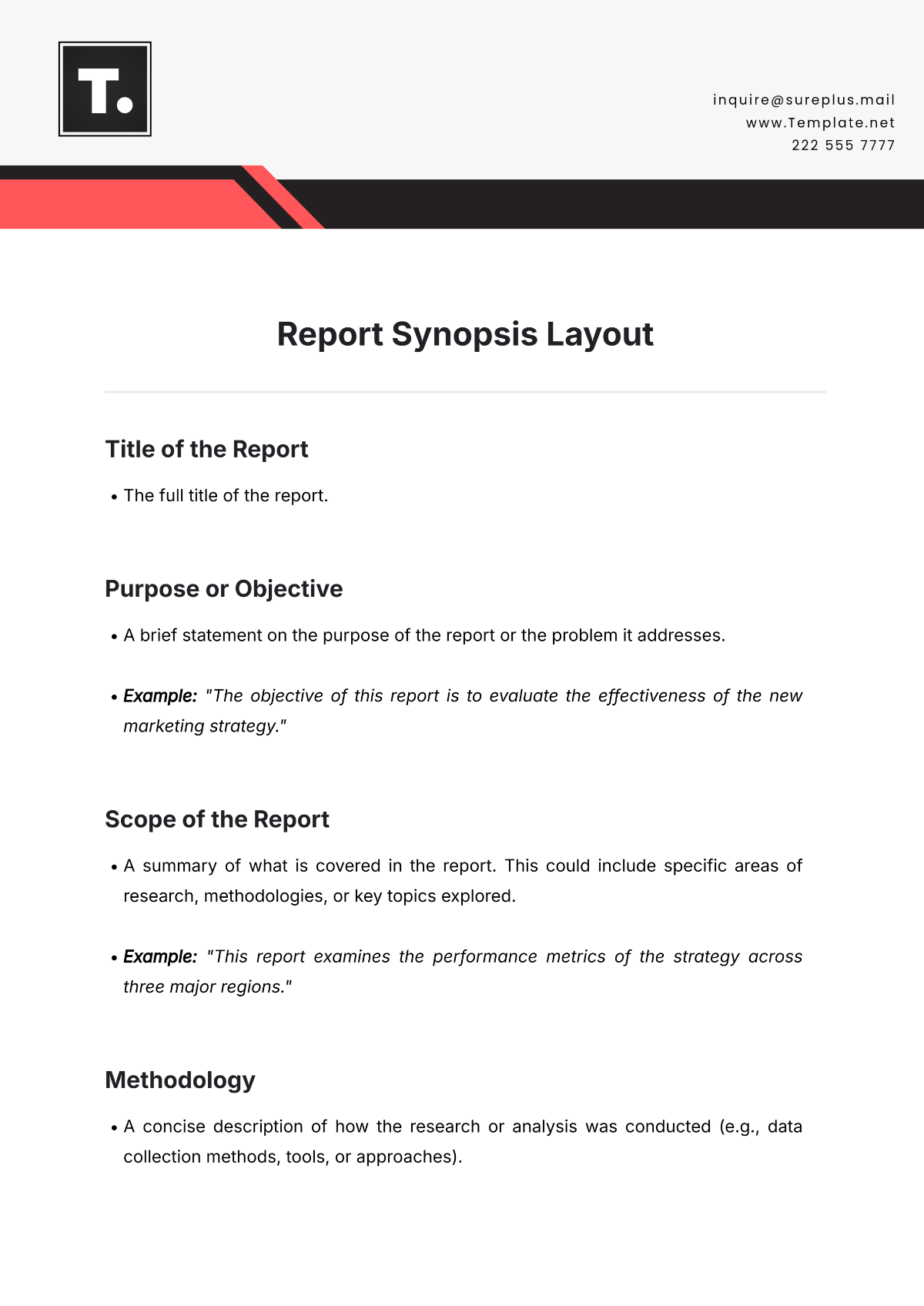Product Lifecycle Report Layout
Prepared by: [Your Name]
Date: November 25, 2050
I. Introduction
The product lifecycle (PLC) is a strategic framework that delineates the various stages a product experiences, from its inception to its eventual decline. Recognizing and navigating the product lifecycle is vital for businesses, as it facilitates strategic planning, informed decision-making, and effective resource allocation. This report delves into the intricacies of the product lifecycle, offering detailed insights into each phase and the associated strategies that drive product success.
II. Stages of the Product Lifecycle
A. Development and Introduction
The journey begins with the development and introduction phase, where the product is conceived and brought to life. This stage encompasses rigorous research, prototyping, and extensive testing to ensure the product meets market needs. Following development, the product is launched, with a strong emphasis on building brand awareness and attracting early adopters.
Activities | Objectives |
|---|---|
Research and Development | Create a market-ready product |
Market Testing | Gather customer feedback |
Marketing and Promotion | Generate initial brand awareness |
B. Growth
Once the product gains traction, it transitions into the growth phase. This stage is marked by rapid sales growth, increased market penetration, and the necessity for robust marketing efforts to maximize reach. Businesses should focus on expanding their customer base, enhancing product features, and strengthening distribution networks to capitalize on the momentum.
Strategies | Goals |
|---|---|
Expand Customer Base | Capture new market segments |
Enhance Product Features | Differentiate from competitors |
Strengthen Distribution | Ensure widespread availability |
C. Maturity
The product reaches its maturity phase when market saturation occurs. Here, competition intensifies, often leading to price wars and the imperative for product differentiation. Companies must adopt strategic measures to maintain their market position and profitability.
Strategies | Goals |
|---|---|
Product Differentiation | Maintain market share |
Pricing Models | Optimize profitability |
Market Expansion | Explore new consumer segments |
D. Decline
In the decline phase, sales begin to wane due to market saturation, evolving technologies, or shifts in consumer preferences. Businesses need to phase out underperforming products, shift focus to emerging offerings, and manage inventory efficiently to mitigate losses.
Strategies | Goals |
|---|---|
Phase Out Products | Reduce operational costs |
Shift Focus | Invest in innovative products |
Manage Inventory | Optimize stock levels |
III. Analysis and Insights
A. Importance of Lifecycle Stages
Each stage of the product lifecycle serves as a critical guide for shaping business strategies. By understanding these phases, companies can effectively allocate resources, manage risks, and seize growth opportunities. Recognizing the signals of each stage allows businesses to adjust their strategies proactively.
B. Lifecycle Management Strategies
Effective product lifecycle management involves a strategic approach that considers market trends, consumer behavior, and technological advancements. Companies that excel in lifecycle management are better positioned to innovate, adapt, and ultimately outperform competitors in a rapidly changing market landscape.
IV. Conclusion
The product lifecycle model is a cornerstone of strategic business management, providing valuable insights into the dynamics of a product’s market presence. By identifying and responding appropriately to each stage of the lifecycle, businesses can optimize product performance, drive sustained growth, and enhance profitability. Mastery of the product lifecycle not only ensures a product's success but also empowers companies to navigate the complexities of the market with confidence.




































